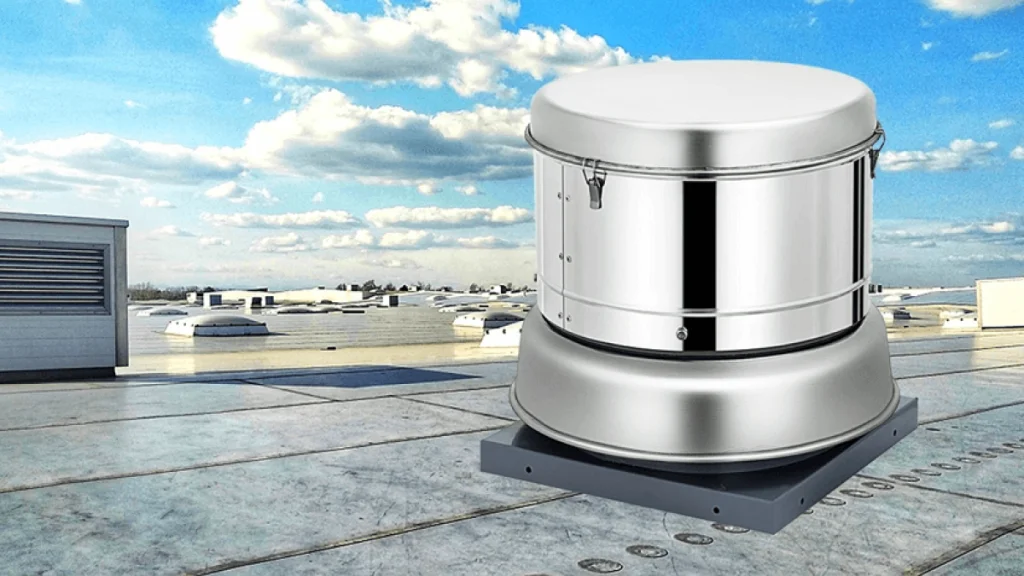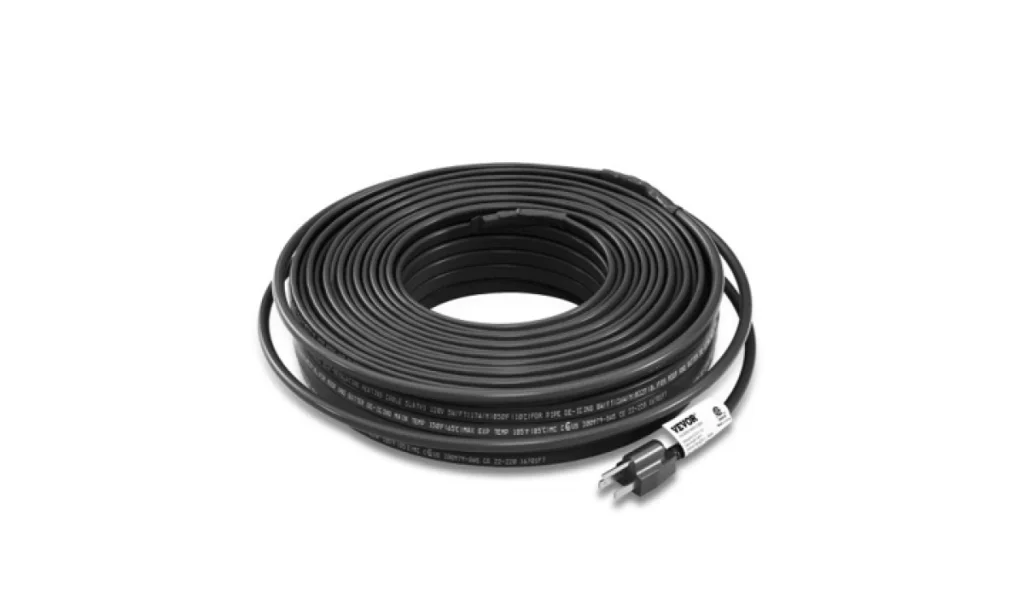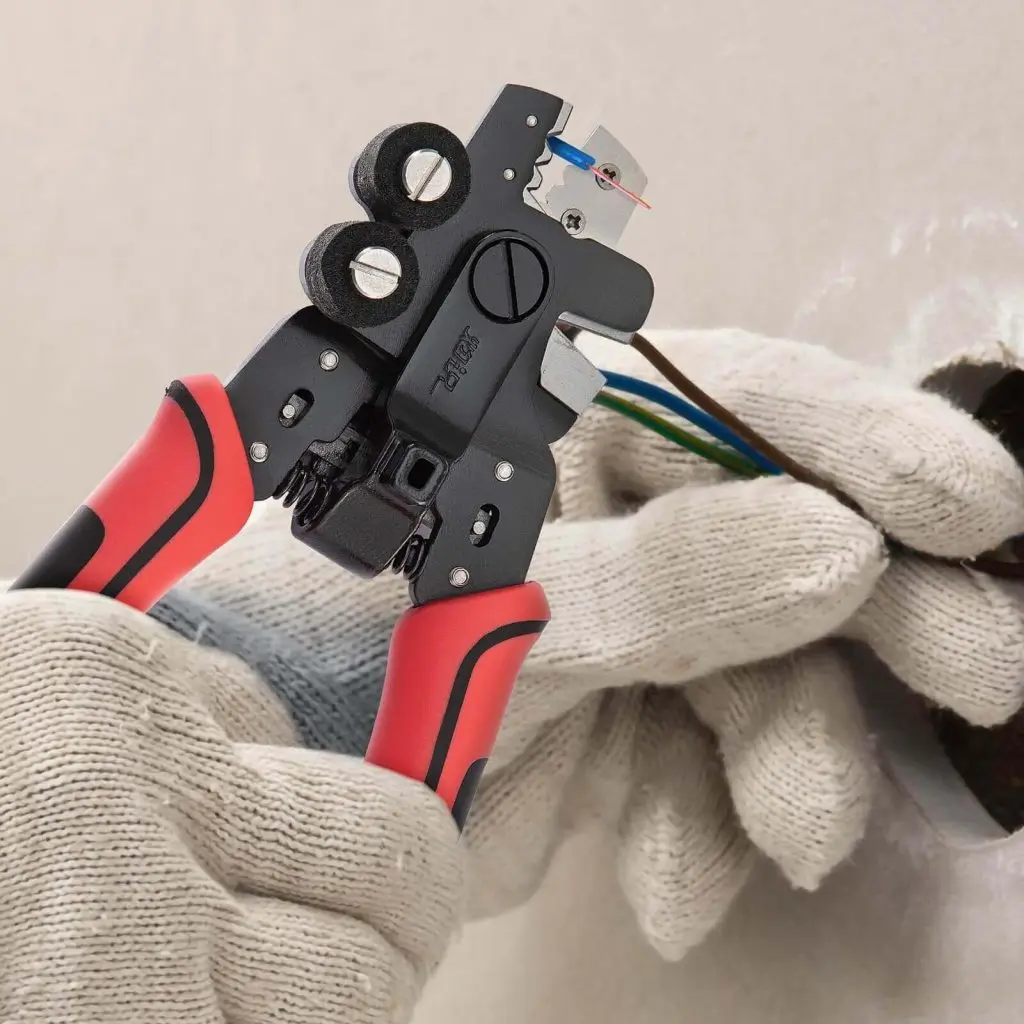Summer is one of the most inconvenient seasons of the year. Aside from the excruciating heat outside, your loft’s air may reach temperatures of 150 to 160 degrees. These weather conditions not only make the attic incredibly uncomfortable, but they can also jeopardize the temperatures in the house in general.
In this case, an attic ventilation fan will be necessitated to aid the ventilation system and cool the loft. An attic ventilation fan disperses the warm and humid air that frequently works its way into one’s attic, forcing it out of the main areas of your household. This process is also referred to as air exchange. This makes living in your abode more pleasant for your family.
List of Top 5 Attic Ventilation Fans
Attic ventilation fans protect your family from the sweltering heat of the summer. It has many benefits, but it also has some drawbacks, mainly if incorrectly installed. For instance, it can cause a roof leak and a setback of cool air, and the perpetual buzzing sound can irritate some individuals. To assist you in minimizing the latter, we have chosen 5 of the best attic ventilation fans on the market.
1. VEVOR 2400 CFM Roof Fan 250W
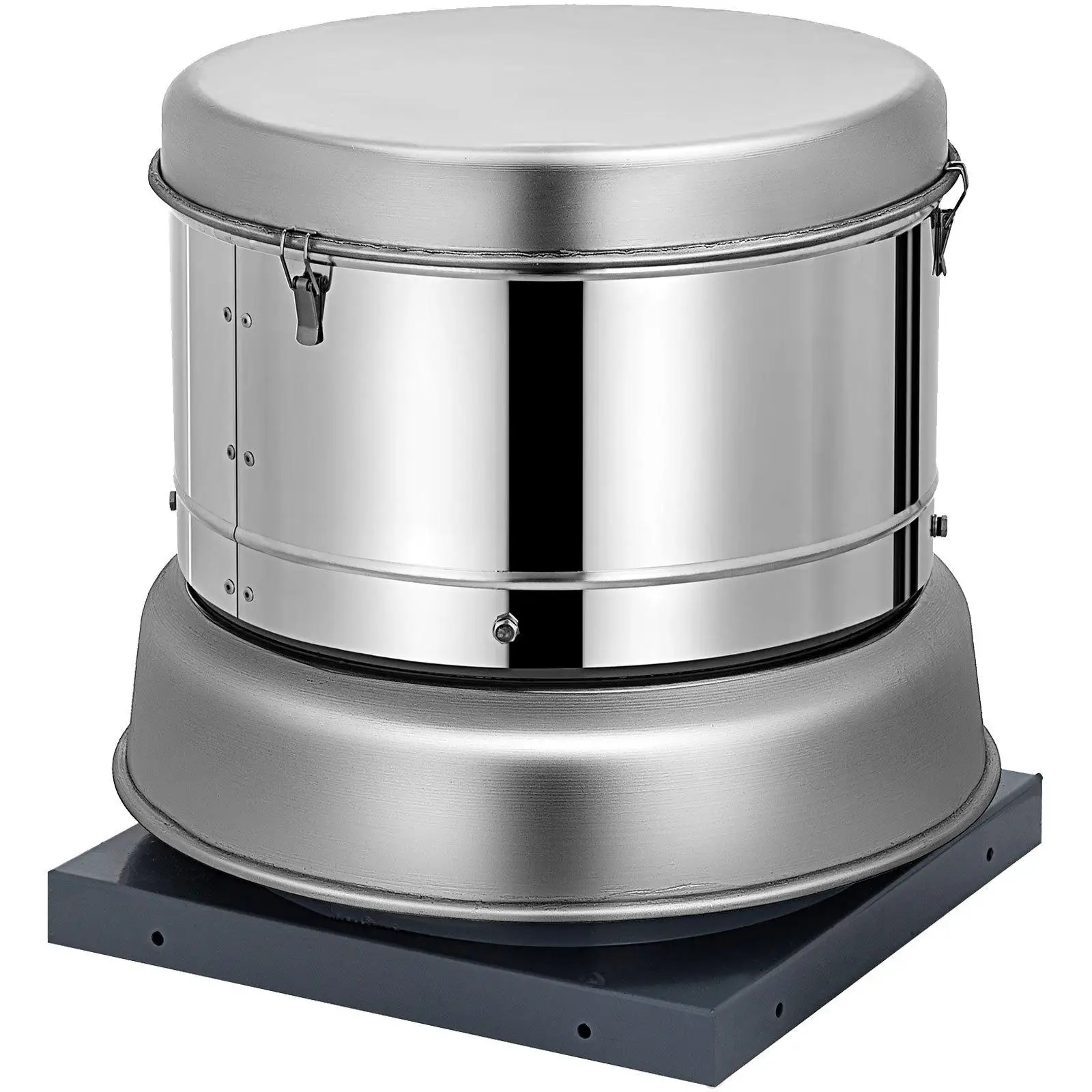
The VEVOR 2400 CFM Roof Fan 250W is ranked first on our roster. VEVOR is a leading manufacturer that works primarily in tools and machinery. VEVOR is devoted to delivering its customers superior tools and products at rock-bottom costs. VEVOR 2400 CFM Roof Fan 250W is among the products they are proud of. It eliminates excess heat, humidity, particles, and fumes from residential and commercial spaces, giving the user a fresh and odor-free property. Its motor-driven airflow capacity ranges from 2400 CFM to 2800 CFM, allowing this restaurant hood exhaust fan to swiftly eliminate pollutants from the atmosphere.
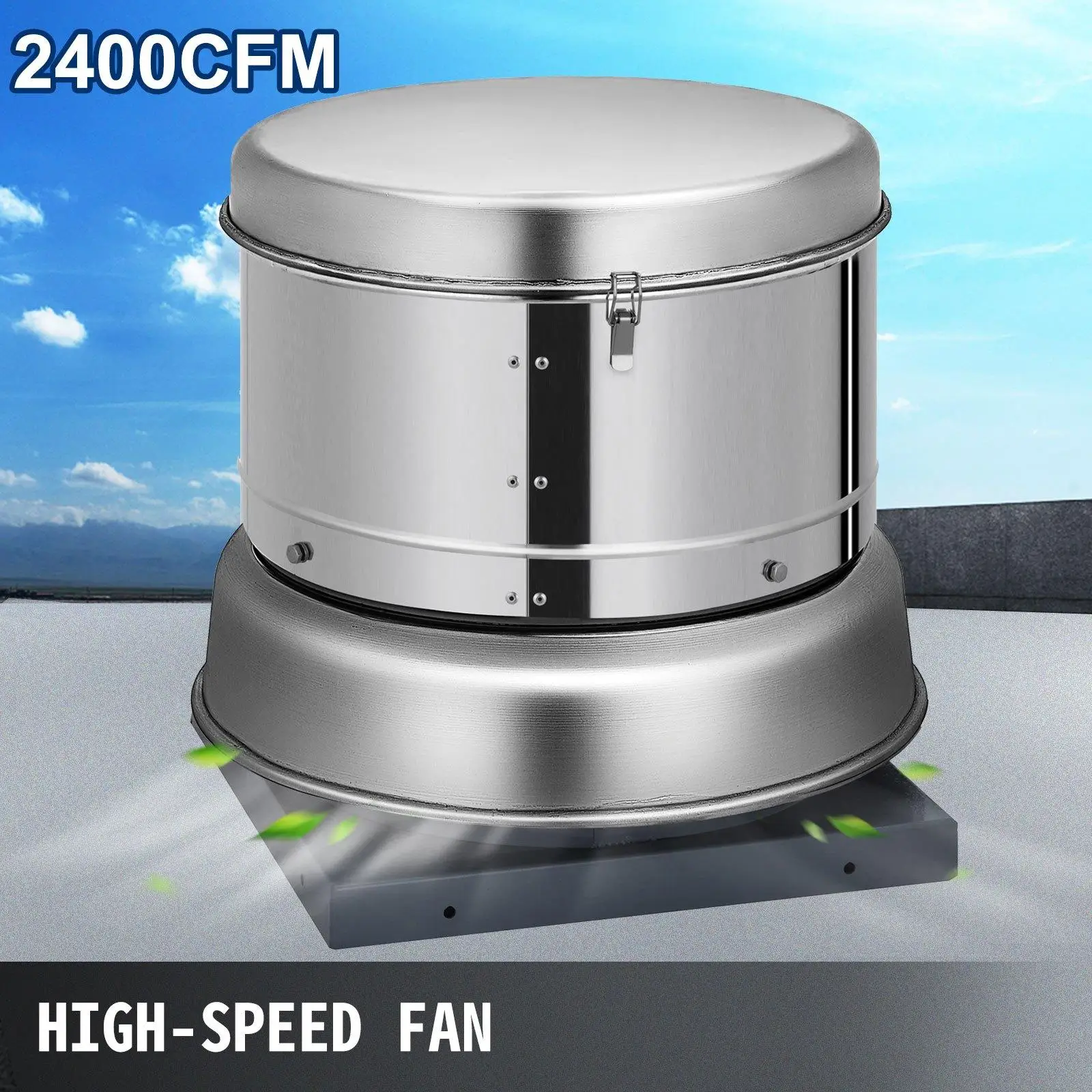
It has premium aluminum dwellings that are both sturdy and water-resistant. Also, anti-corrosion properties can endure shifts in the environment. The device is powered by a rotor circuit motor with an increased airstream and reduced energy consumption. It can accommodate various building needs. The top cap shields the engine and drive structure, allowing it to work smoothly and consistently.
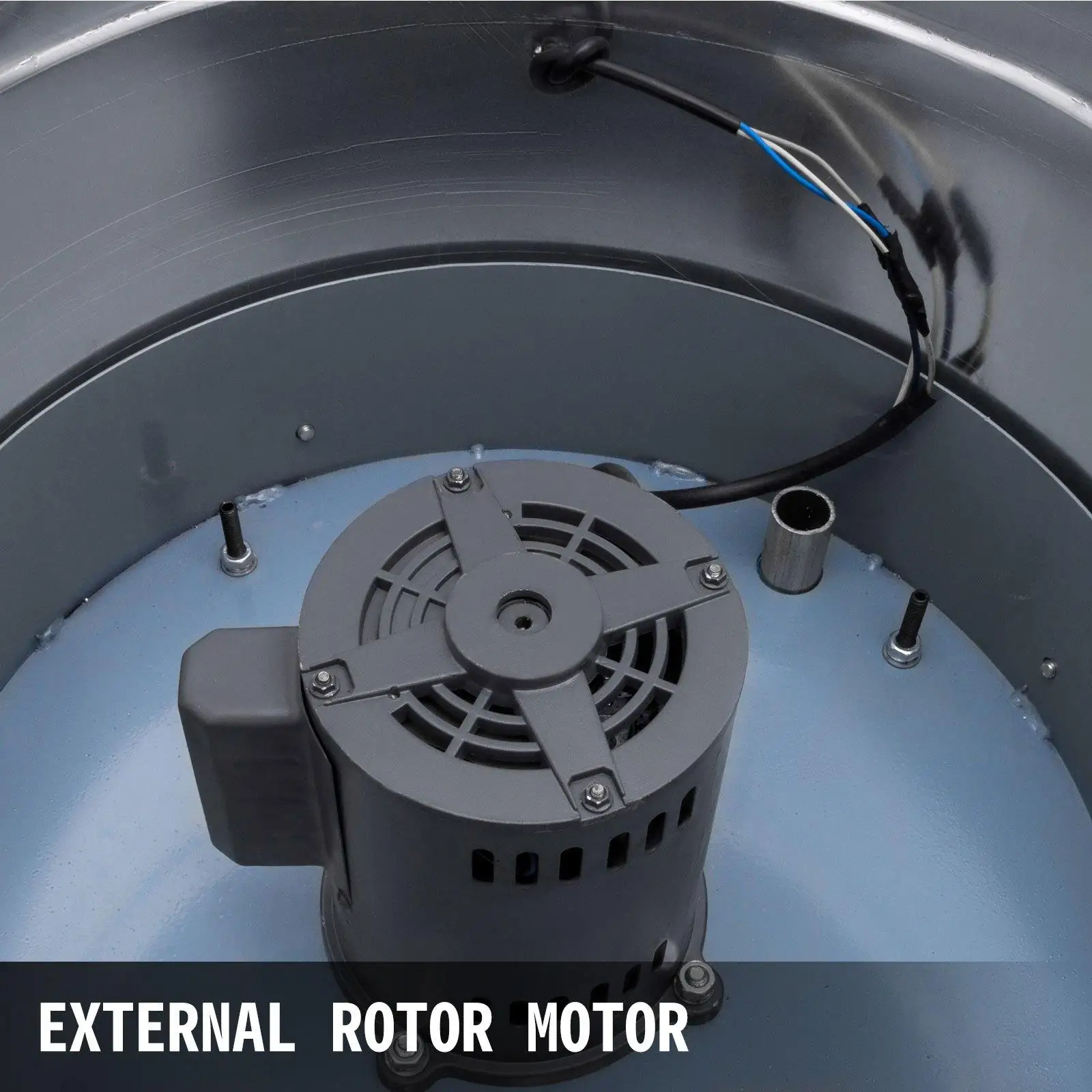
It keeps insects, birds, and species at bay. Due to its small size could be installed instantaneously on the ceiling without taking up any interior space. This blast fan is commonly utilized as a part of airflow in hotels, houses, supermarkets, condos, storage facilities, mechanical crops, warehouses, and other construction interiors.

2. QuietCool Smart 2830 CFM Power Gable Mount Attic Fan
This QuietCool fan is as clever as its name suggests. The Smart model is a vaulted structure, which means it easily pivots and receptacles in with the included 20-foot power cable. This device is capable of ventilating areas up to 4,800 square feet. The most prominent feature of this clever fan is its ability to be easily controlled via the QuietCool Smart app on your mobile device. You can utilize the software from any part of the property, allowing you to monitor the performance of your loft without even entering it.
The device has a controllable ECM (electronically communicated motor) as well as a handy built-in temperature gauge and humidistat that self-adjust in response to the temperature, heat, and humidity of your cellar. When your loft is warmer, the fan can reach speeds of up to 3,000 cubic feet a minute while consuming only 140 watts of electrical power, which is exceptionally minimal compared to other products. As the loft cools down, the smart fan will instantaneously loop down to reduced speeds (the lowest being 1,000 CFM, which only utilizes 15 kWh of power), leading to a lower air conditioning fee and a cooler home heating rate of 50 degrees.
3. Cool Attic CX1500
The Cool Attic CX1500 has a fixed gear configuration. It can move roughly 1300 cubic feet of air per minute. It is appropriate for attics measuring up to 1850 sq ft. in size. This fan is mounted on the loft gable and is run by a power supply. It has an electric propulsion PSC motor that uses up about 3.4 amps, which isn’t a lot.
The cooling system is relatively basic, with no additional devices. It must be integrated into the power supply. Since it lacks a toggle switch, you must link it to a separate mounted switch to turn it off. It also does not include shutters, haptic dampers, or any other assembly gizmos. This fan is constructed of steel material. It has a 14-inch radius and is relatively light. The quality and reliability are decent, and the warranty is only valid for two years. The cost is one of the primary reasons for this device’s prominence. It is reasonably priced, it works, and it lasts for several years, making it a popular option for many people.
4. Master Flow ERV6 Roof-Mount Power Attic Vent
Roof-mounted loft fans demand an intake and exhaust grip close to the roof’s highest point so the fan can sit on a chrome-plated base and over the exhaust pipe. We like Master Flow’s model because it is simple and efficient.
The Master Flow device is intended for attic areas up to 2,088 square feet and can remove an enormous amount of hot air at a frequency of 1,500 CFM. This system utilizes 15% less power supply than comparable products. It can significantly reduce the price of cooling and heating your household. To keep animals out, the unit has a heavy-duty internal frame. However, this system does not come with a humidistat, a remote system that helps supervise and retain ideal moisture levels in the air and track your humidity levels; it is available as an add-on.
5. Broan 355BK Gable Mount Attic Ventilator
The 355BK Gable Mount Attic Ventilator is a quality canopy exhaust vent with an enclosure. The fan is made of 23-gauge steel material for additional sturdiness and durability. It has a one-of-a-kind black dome lid that generates UV protection.
This unit is available in three distinct sizes and capacities. The greatest of the 3, the 355BK model, can eliminate hot air at a remarkable 1,200 CFM in areas up to 1,715 sq ft. It has an integrated, customizable thermostat that controls both the heat and the rate of the thermodynamically lubed engine. This encased unit is ideal for customers living in harsh climates.
Different Types of Attic Ventilation Fans
There are several types of attic fans, each with slightly various traits. Still, they all convey the same thing: they promote air circulation in the attic.
1. Wind-Powered Turbines. Whirlybirds are air propeller fans popular among consumers seeking a low-cost, passive solution. They move air without influencing one’s electricity cost as long as the wind blows; and it doesn’t need to blast strong. Because they are immobile and less potent than powered or renewable power fans, they are still incredibly effective.
2. Electric-Powered Attic Fans. Electrical fans provide the most widespread and effective variant. These are typically placed on the roof or a vaulted ceiling wall and are ingrained into a power system. Electric fans are frequently operated by a thermostat and switch on when the attic heat surpasses a predetermined level. For instance, if the thermostat is laid to 70 degrees, the fan will activate when the temperature in the attic reaches 70 degrees and will stay off conversely.
3. Solar Attic Ventilation Fans. Solar fans are parallel to mechanical ventilation systems in that they plug into one facility’s power system. Still, they also have incorporated solar panels and operate on renewable radiation.
What Should You Look for When Buying Attic Ventilation Fans
Consider what dilemma you’re seeking to resolve and what objectives you would like to achieve before purchasing an attic fan. First, consider the surface area of your loft. A turbine fan might be all you need if you possess a tiny loft. Consider installing an electric attic ventilation fan when you have a huge loft. Furthermore, consider the weather in your area. If you reside in a humid climate, you’ll want a fan with an integrated humidistat. Eventually, consider your spending limit. Depending on the dimensions and variety of fans, attic ventilation fans can cost anywhere from $100 to $500.
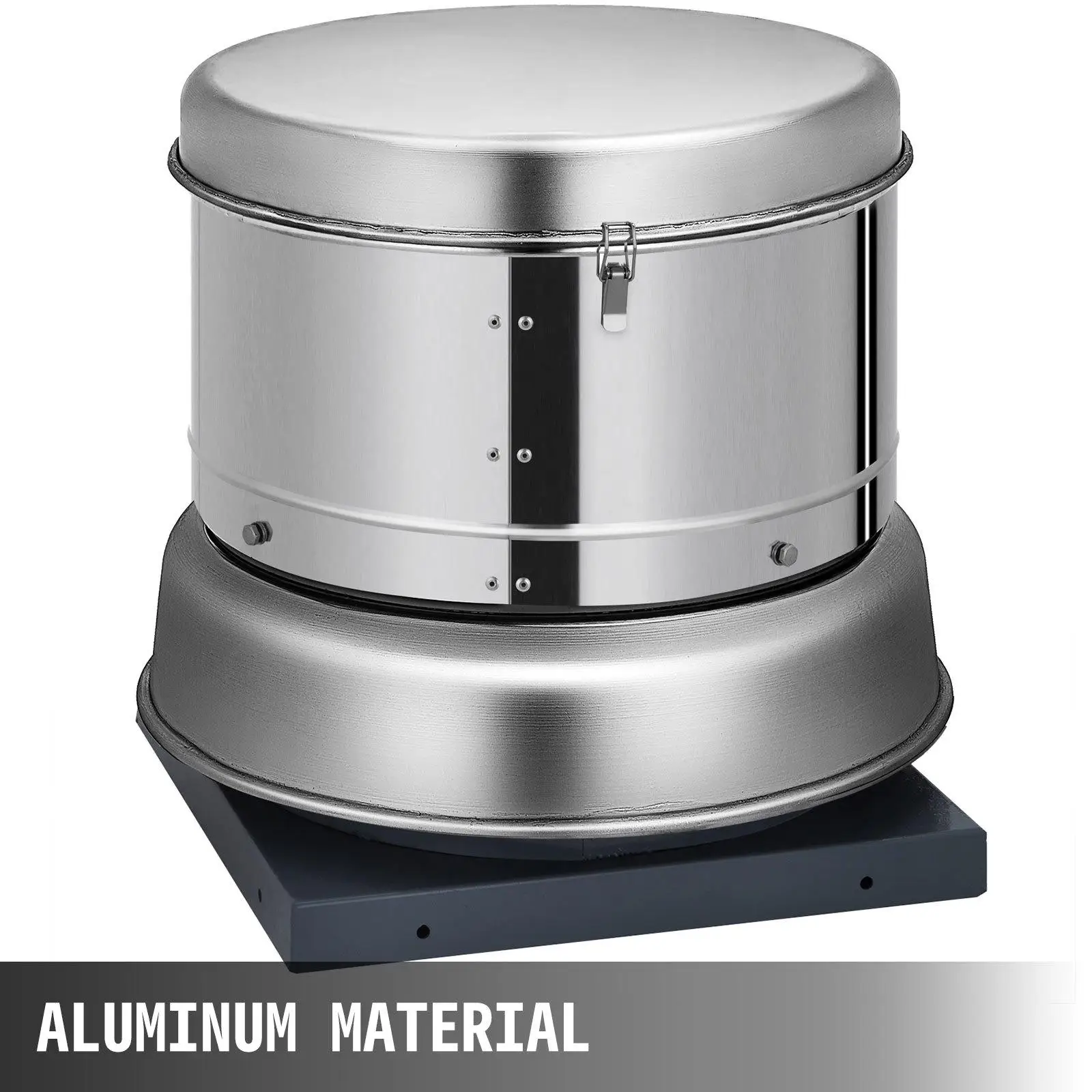
Are Attic Ventilation Fans Worth It?
Having attic ventilation fans is definitely worthwhile, mainly if you reside in an inclement climate. They offer numerous benefits that will make one’s life easier. Attic fans, in a general role, are an efficient means of keeping your attic ambient temperature under regulation and actually mitigate a range of issues during the warmer months and winter. Attic fans efficiently disperse the air in your attic, maintaining a temperature close to the exterior. Maintaining your attic temperature low even during summer will aid you in keeping your home cooler. All the while, holding attic temperatures low during the winter will preclude humidity from accumulating in your loft and canopy, restricting damage to the structure and the development of mildew and fungus.

Frequently Asked Questions about Attic Ventilation Fans
1. How long is the durability and lifespan of my attic fan?
An attic fan can last for about two decades as long as it is effectively managed. It is essential to note that your device’s durability is reliant on it.
2. Can I DIY install my attic ventilation fan?
It is dependent on the brand. Many models, particularly those with gable ends, are simple to set up and do not need skillful assembly.
3. Is it necessary for me to use my attic ventilation fan all the time?
It should not. Only when the temperature increases above a certain threshold your attic fan should turn on.

